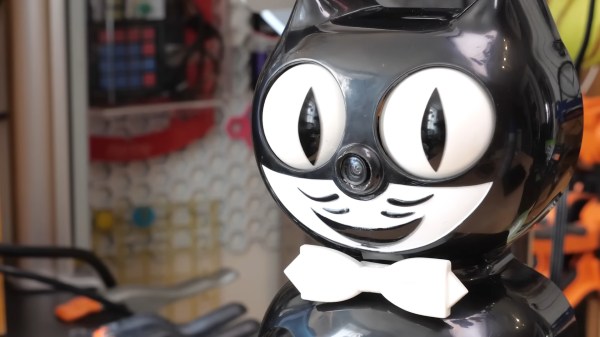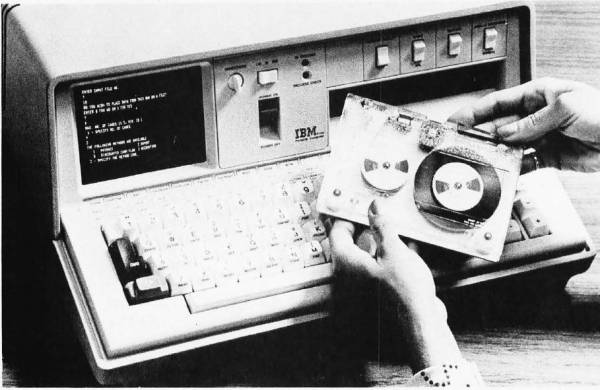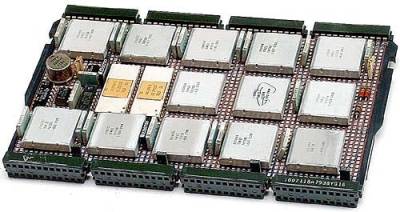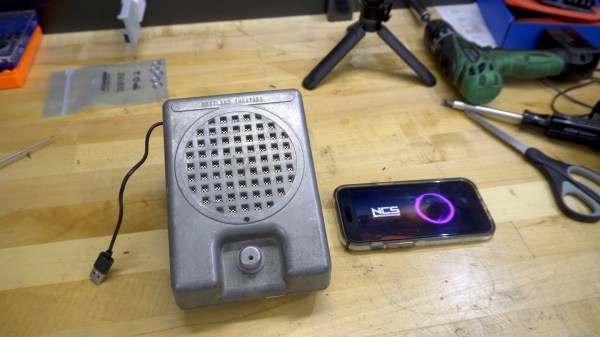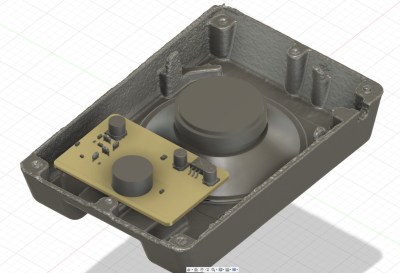If there’s anything as American as baseball and apple pie, it’s gotta be the Kit-Kat clock in the kitchen. For the unfamiliar, the Kit-Kat clock is special in that its pendulum tail and eyes move back and forth with each passing second. They’re equal parts cute and creepy.
But not this particular Kit-Kat, not once [Becky Stern] got a hold of it. The cute/creepy scales have been tipped, because the eyes of this Kat follow you around the room. “You” in this case is fellow maker [Xyla Foxlin], whom [Becky] drew in the Maker Secret Santa pool. See, [Xyla] loves cats, but is deathly allergic to them. So really, what better gift is there?
In order to make this happen, [Becky] started by disconnecting the long lever that link the eyes and the tail, which move together, and connected a servo horn to the eyes. [Becky] drilled out the nose in order to fit the camera, which is connected to a Seeed Grove AI Vision board with a Xiao RP2040 piggybacked on top.
While soldering on the servo wires, [Becky] accidentally detached a tiny capacitor from the AI Vision board, but it turns out that it wasn’t critical. Although she only had to write one line of code to get it to work, it ended up working too well, with the eyes darting around really quickly. By making the servo move in timed increments to the new positions, it’s now much more creepy. Be sure to check out the build video after the break.
You know we can’t resist a clock build around here, especially when those clocks are binary.

